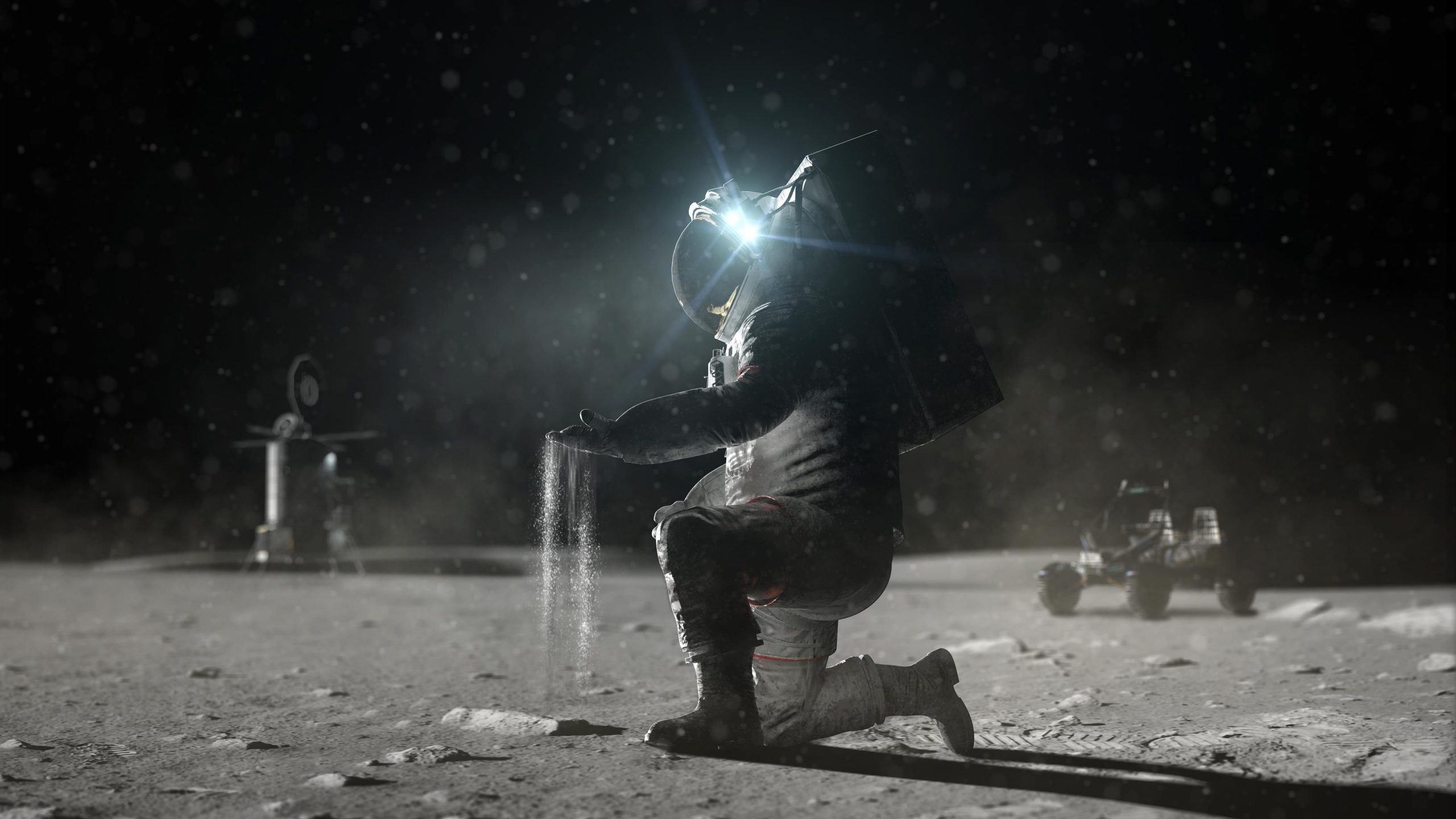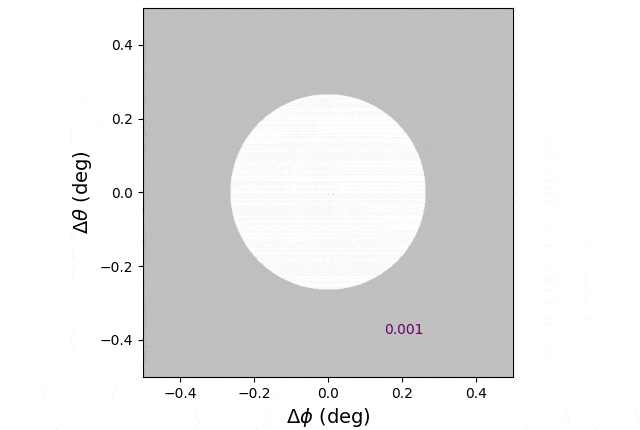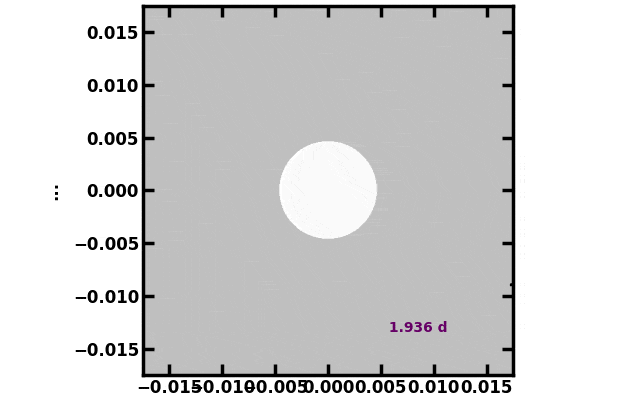
Un polveroso paesaggio lunare, come visualizzato dall’Advanced Concepts Laboratory della NASA. Credito: NASA
In una fredda giornata invernale, il calore del sole è il benvenuto. Tuttavia, poiché l’umanità rilascia sempre più gas serra, l’atmosfera terrestre intrappola sempre più energia solare e riscalda costantemente la Terra. Una strategia per invertire questa tendenza è intercettare parte della luce solare prima che raggiunga il nostro pianeta. Per decenni, gli scienziati hanno preso in considerazione l’utilizzo di schermi, oggetti o particelle di polvere per bloccare una quantità sufficiente di radiazioni solari, tra l’1 e il 2%, per mitigare gli effetti del riscaldamento globale.
Uno studio condotto dall’Università dello Utah ha esplorato la possibilità di utilizzare la polvere per allontanare la luce solare. Hanno analizzato le diverse proprietà delle particelle di polvere, la quantità di polvere e le orbite più adatte all’ombra della Terra. Gli autori hanno scoperto che sparare polvere dalla Terra a una stazione in rotta al “punto lagrangiano” Terra-Sole (L1) sarebbe più efficiente ma richiederebbe un costo e uno sforzo astronomici. Un’alternativa è usare la polvere di luna. Gli autori sostengono che il rilascio di polvere lunare dalla Luna potrebbe essere un modo economico ed efficace per oscurare la Terra.

Rilascio simulato di un flusso di polvere tra la Terra e il Sole. Questa nuvola di polvere appare mentre attraversa il disco del sole, dalla Terra. Flussi come questi, compresi quelli rilasciati dalla superficie lunare, potrebbero fungere da ombrello temporaneo per il sole. Credito: Ben Bromley/Università dello Utah
Il team di astronomi ha applicato una tecnica usata per studiare la formazione dei pianeti attorno a stelle lontane, che è il loro obiettivo abituale di ricerca. La formazione dei pianeti è un processo caotico che rilascia molta polvere cosmica che può formare anelli attorno alla stella ospite. Questi anelli intercettano la luce dalla stella centrale e la irradiano nuovamente in un modo che possiamo rilevare sulla Terra. Un modo per scoprire stelle che formano nuovi pianeti è cercare questi anelli polverosi.
“Questo è stato il seme dell’idea”, ha detto Ben Bromley, professore di fisica e astronomia e autore principale dello studio.

Simulazione della polvere rilasciata dalla stazione di passaggio al punto 1 di Lagrange. L’ombra sul terreno è esagerata per chiarezza. Attestazione: Ben Bromley
ha affermato Scott Kenyon, coautore dello studio del Center for Astrophysics | Harvard e Smithsonian.
Il documento è stato recentemente pubblicato sulla rivista Clima PLOS.
gettare ombra
L’efficacia complessiva dello scudo dipende dalla sua capacità di mantenere un’orbita che oscura la Terra. Sameer Khan, uno studente universitario e coautore dello studio, ha condotto l’esplorazione iniziale secondo cui gli orbitali potrebbero intrappolare la polvere in posizione abbastanza a lungo da fornire un’adeguata ombreggiatura. Il lavoro di Khan ha dimostrato la difficoltà di mantenere la polvere dove vuoi.
“Poiché conosciamo le posizioni e le masse dei principali corpi celesti nel nostro sistema solare, possiamo semplicemente usare le leggi di gravità per tracciare la posizione simulata dello scudo solare nel tempo per diverse orbite”, ha detto Khan.
C’erano due scenari promettenti. Nel primo scenario, gli autori posizionano una piattaforma spaziale nel punto di Lagrange L1, che è il punto più vicino tra la Terra e il Sole dove le forze gravitazionali si bilanciano. Gli oggetti nei punti lagrangiani tendono a rimanere lungo un percorso tra due corpi celesti, motivo per cui[{” attribute=””>James Webb Space Telescope (JWST) is located at L2, a Lagrange point on the opposite side of the Earth.

A simulation of dust launched from the moon’s surface as seen from Earth. Credit: Ben Bromley
In computer simulations, the researchers shot test particles along the L1 orbit, including the position of Earth, the sun, the moon, and other solar system planets, and tracked where the particles scattered. The authors found that when launched precisely, the dust would follow a path between Earth and the sun, effectively creating shade, at least for a while. Unlike the 13,000-pound JWST, the dust was easily blown off course by the solar winds, radiation, and gravity within the solar system. Any L1 platform would need to create an endless supply of new dust batches to blast into orbit every few days after the initial spray dissipates.
“It was rather difficult to get the shield to stay at L1 long enough to cast a meaningful shadow. This shouldn’t come as a surprise, though, since L1 is an unstable equilibrium point. Even the slightest deviation in the sunshield’s orbit can cause it to rapidly drift out of place, so our simulations had to be extremely precise,” Khan said.
In the second scenario, the authors shot lunar dust from the surface of the moon towards the sun. They found that the inherent properties of lunar dust were just right to effectively work as a sun shield. The simulations tested how lunar dust scattered along various courses until they found excellent trajectories aimed toward L1 that served as an effective sun shield. These results are welcome news, because much less energy is needed to launch dust from the moon than from Earth. This is important because the amount of dust in a solar shield is large, comparable to the output of a big mining operation here on Earth. Furthermore, the discovery of the new sun-shielding trajectories means delivering the lunar dust to a separate platform at L1 may not be necessary.
Just a moonshot?
The authors stress that this study only explores the potential impact of this strategy, rather than evaluate whether these scenarios are logistically feasible.
“We aren’t experts in climate change, or the rocket science needed to move mass from one place to the other. We’re just exploring different kinds of dust on a variety of orbits to see how effective this approach might be. We do not want to miss a game changer for such a critical problem,” said Bromley.
One of the biggest logistical challenges—replenishing dust streams every few days—also has an advantage. Eventually, the sun’s radiation disperses the dust particles throughout the solar system; the sun shield is temporary and shield particles do not fall onto Earth. The authors assure that their approach would not create a permanently cold, uninhabitable planet, as in the science fiction story, “Snowpiercer.”
“Our strategy could be an option in addressing climate change,” said Bromley, “if what we need is more time.”
Reference: “Dust as a solar shield” by Benjamin C. Bromley, Sameer H. Khan and Scott J. Kenyon, 8 February 2023, PLOS Climate.
DOI: 10.1371/journal.pclm.0000133

“Devoto esploratore. Pluripremiato sostenitore del cibo. Esasperante umile fanatico della tv. Impenitente specialista dei social media.”



More Stories
Il rover Perseverance della NASA ha trovato una roccia su Marte che potrebbe indicare la vita antica
Vuoi cucinare come un Neanderthal? Gli archeologi scoprono segreti
L’aurora boreale potrebbe brillare in alcuni stati stasera